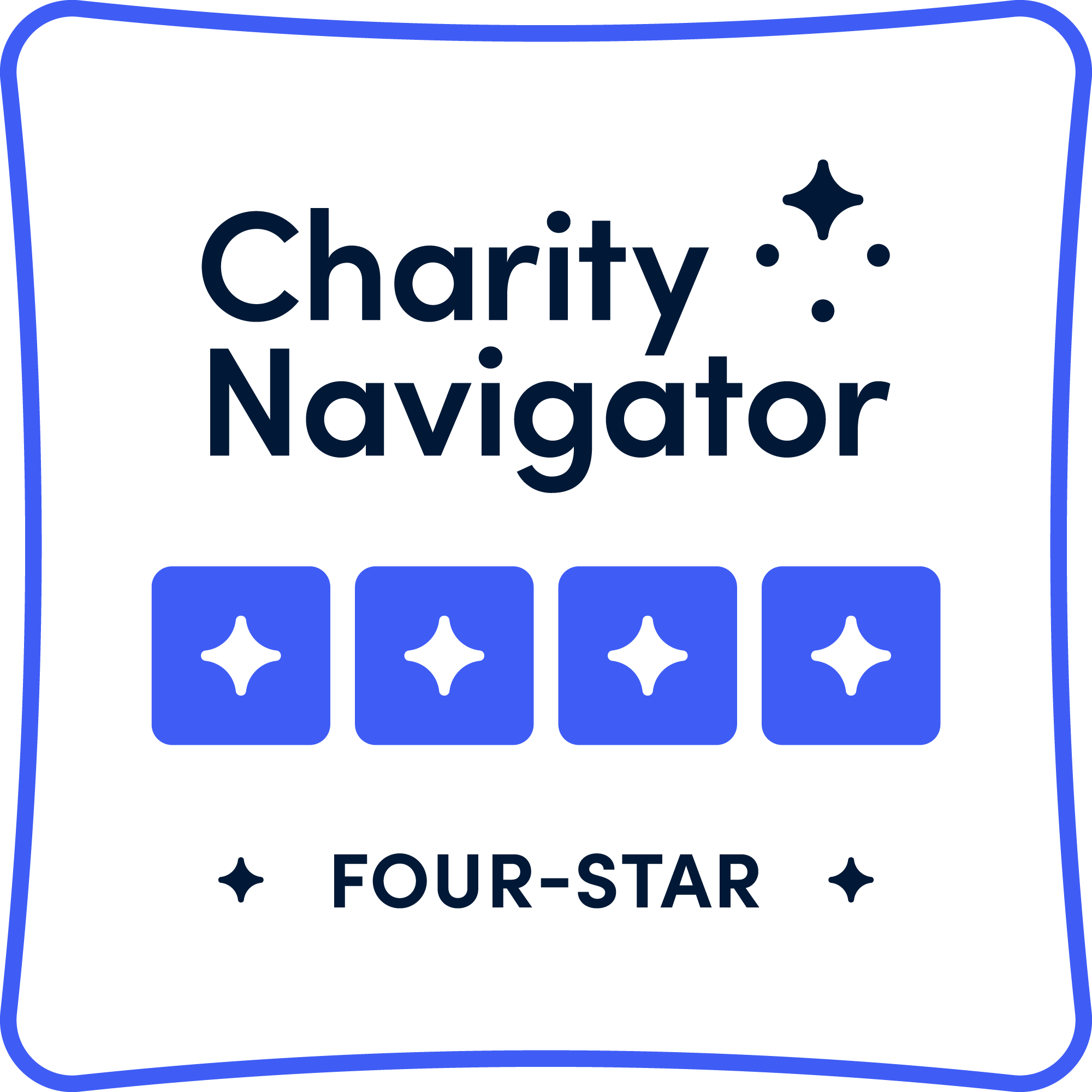New MAP Feature: Treatment Center Comparator
Finding the best amyloidosis care is not easy, so in 2017 ARC created My Amyloidosis Pathfinder (MAP) to help you discover, learn about, and contact treatment centers and clinical trials that are right for you. Now MAP can do even more.
With new treatments available for some types of amyloidosis there is more interest in these diseases than ever before. As a result there are a growing number of medical centers starting to see and treat amyloidosis patients. It is becoming increasingly more important for patients to have the ability to review the different types of centers and what they have to offer. So, we have added some new features to MAP. These updates include new educational videos, more information about treatment centers and the ability to compare centers side-by-side.
ARC has done a comprehensive review of the services each center provides. In addition to being able to learn about each center, there is a new comparison tool that allows you to compare up to three centers side-by-side. For those unsure how to approach choosing a center or clinical trial, MAP has also added educational videos. These videos highlight some of the important factors to consider when making decisions about one’s care. Using MAP you can learn what each has to offer to help you decide which place is best for your needs, whether for a comprehensive evaluation or to receive treatment.
The goal of MAP is to provide patients and caregivers with access to comprehensive information and education to help them make the best decision for their amyloidosis care. The anonymous data generated by MAP also provides important insights that help to inform the design of future clinical trials and development of treatment centers.
There are currently close to 900 patients and caregivers using MAP across the United States. The following charts show details of MAP users.

While users have a broad range of types of amyloidosis the most commonly reported are AL, hereditary TTR and wildtype TTR. 8% of patients either do not know their type or are in the process of getting typed.

Although patients report different organ involvement, half of patients report heart involvement.
To learn more about the patients in our MAP community, visit the MAP community page, when you are next logged in to MAP. Sign up for MAP >>
- Categories
- Lastest Posts
- Phase 3 Clinical Trial of Birtamimab in AL Amyloidosis Fails to Meet Primary Endpoint
- FDA Approves Amvuttra™ (vutrisiran) for ATTR-CM: More Options for Patients
- FDA Approves Attruby™ (acoramidis) for the Treatment of ATTR-CM: A New Option for Patients
- ARC Launches Clinical Fellowship Program to Advance Amyloidosis Care



